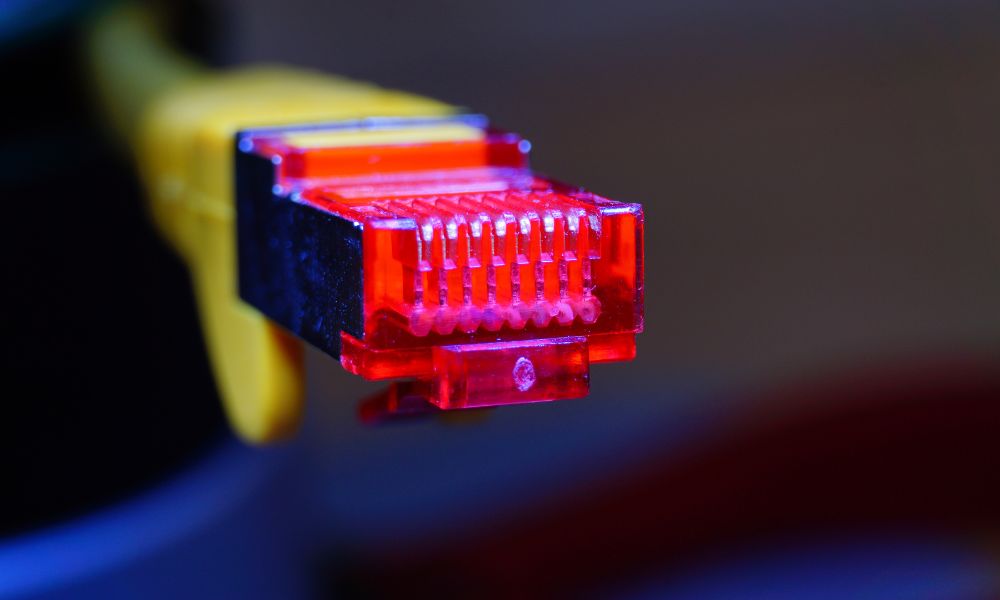
Cat6 cables are renowned for their capability to enhance performance, bandwidth, and network reliability. Installing these cables ensures a smooth transition to a better network, and understanding the process reduces the chance of mistakes. Discover things to know when installing Cat6 cables to take your network to the next level.
Understanding Cat6 Cables
Cat6, or “Category 6,” cables offer significant upgrades from their predecessors, Cat5 and Cat5e. With stricter specifications for reducing system noise and crosstalk, Cat6 cables have better performance and smaller margins for error.
Cat6 cables also support Gigabit Ethernet data rates and are perfect for carrying longer distances without signal repeaters. Their ability to provide more headroom for data transfer is particularly beneficial for future network growth. Enhanced Ethernet cables, such as Cat6a patch cords, support the increasing bandwidth demands of modern applications, from cloud computing to high-definition video streaming.
Installation Process
Installing Cat6 cables is a meticulous process. Begin with a site survey to understand the layout for easier cable navigation. Next, plan the cable routes within your building to avoid signal degradation, bending, and interference, and utilize tools like cable testers, crimp tools, termination jacks, and cable strippers for a clean installation.
Proper installation practices, such as maintaining the required twists in the cable pairs and avoiding running cables parallel to power lines, will minimize crosstalk and other interferences that could impair your network’s performance.
Common Mistakes To Avoid
Poor cable management is one of the most common errors in cable installations. Keeping cables safe and in good condition is an important aspect to know when installing Cat6 cables.
Maintaining the proper bend radii prevents undue strain on the cables that causes permanent damage and network outages. Avoiding sharp twists, kinks, or snags in your cords will ensure your network meets the Cat6 standard.
Termination of Cat6 cables is also essential. Incorrectly terminated cables lead to many problems, including slow data transmission and corruption. It’s imperative to use the right connectors and follow the current TIA/EIA 568 standard for termination to ensure each cable is performing at its peak.
Maintenance and Troubleshooting
After installing your Cat6 cables, you need to test them. Regular cable testing with a cable tester helps you identify and correct issues before they worsen. By employing practices such as labeling each cable at both ends and maintaining accurate records, you will streamline the troubleshooting process and minimize downtime when issues arise.
Cat6 cable installation is a critical aspect of network design and maintenance, and proper implementation is crucial to the longevity and efficiency of your network. Take the time to grasp these principles, and the benefits will be evident in the performance and stability of your network.



